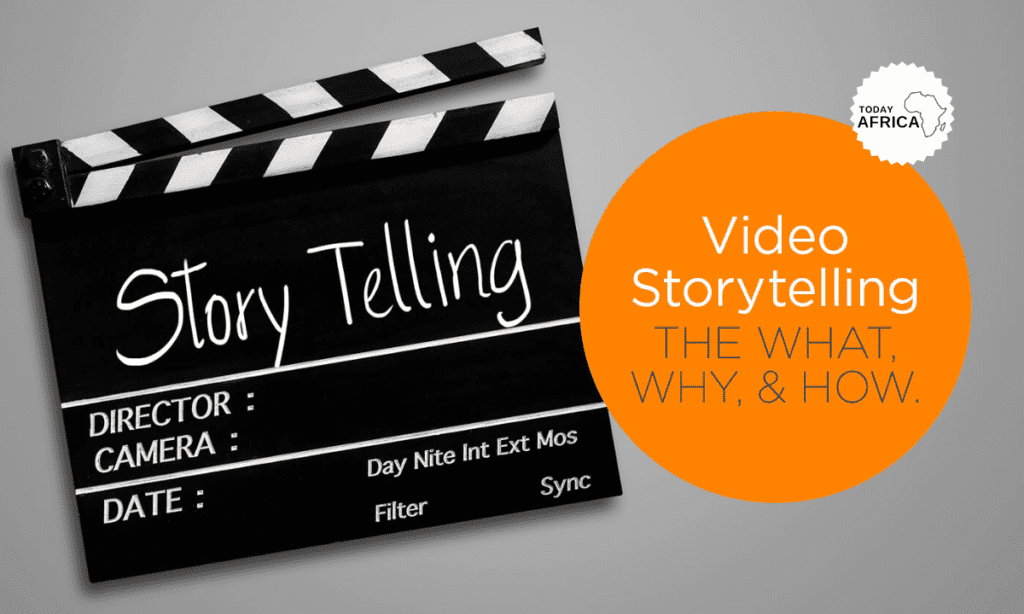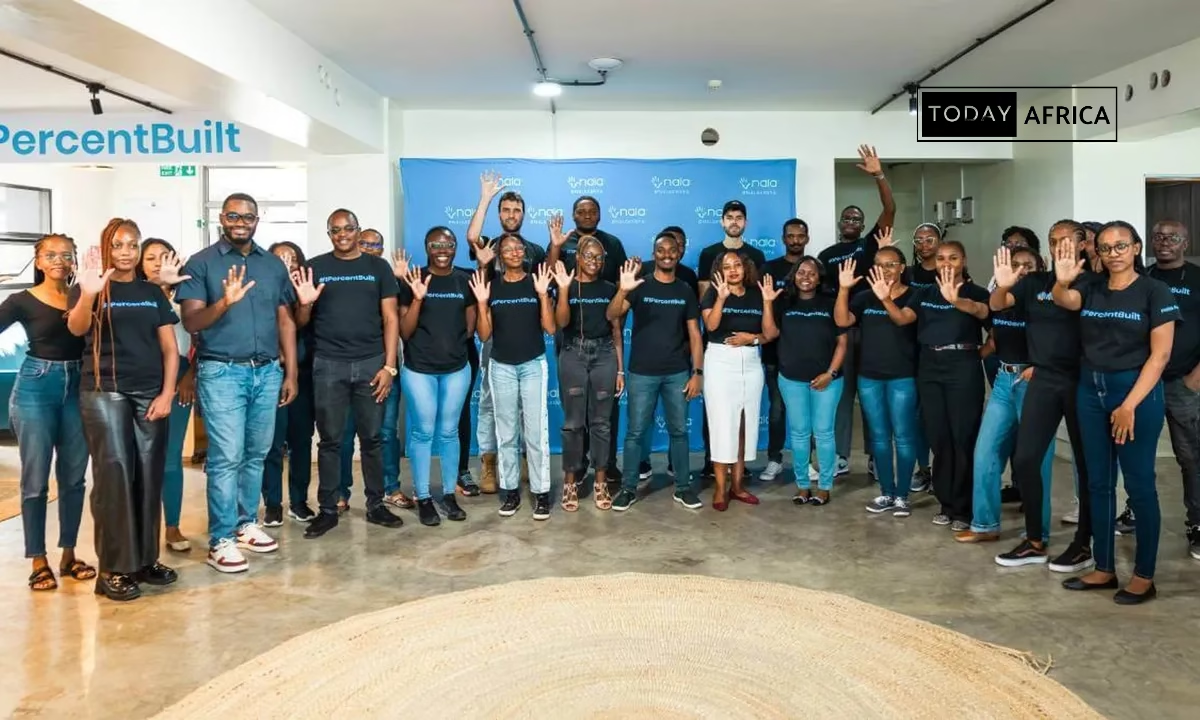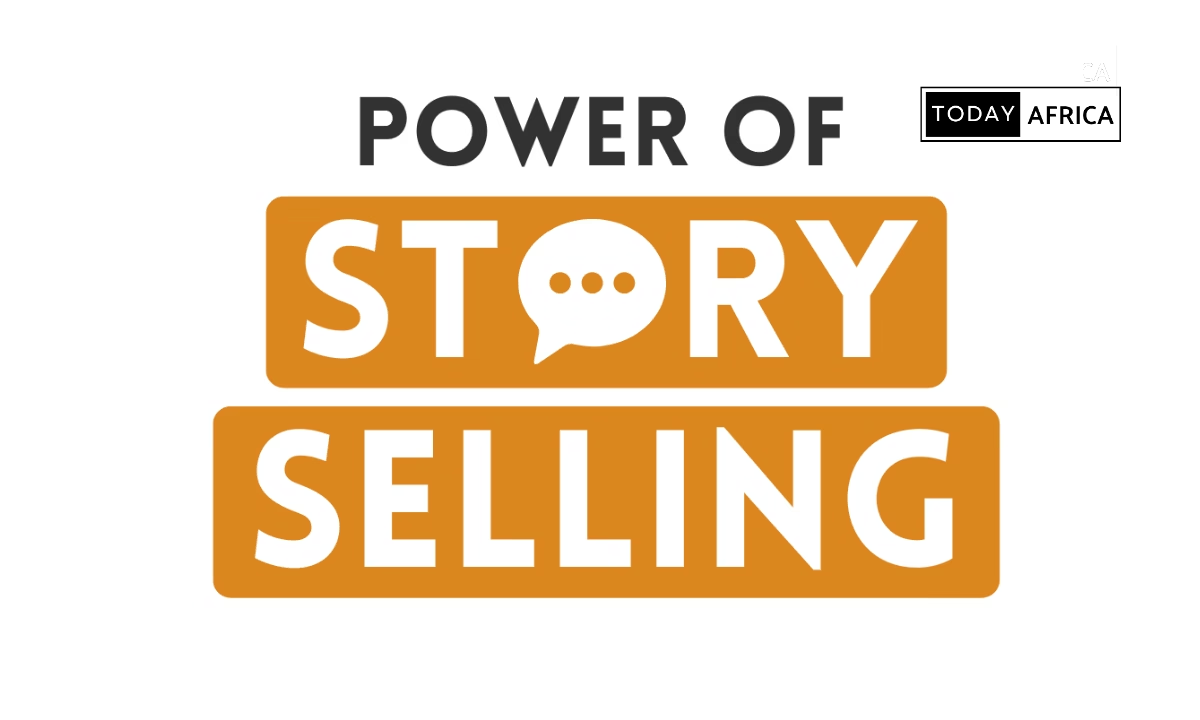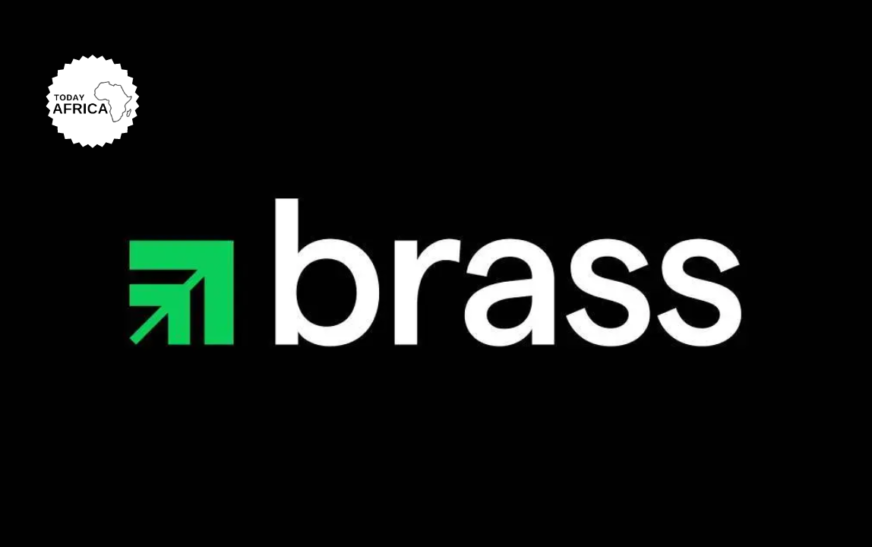In a world filled with a growing number of distractions. Brands are engaged in a constant battle to capture people’s attention. Many of them succeed by combining the power of story with the popularity of video.
Just as you know stories are as old as the human race itself. The earliest recorded stories – the Bible, ancient mythology, and philosophy – are still widely read and explored today.
Let’s take a look at what video storytelling is, and how you can effectively apply it to your marketing strategy.
What is Video Storytelling?
Video storytelling is a marketing tactic that uses the naturally engaging video format to tell a story about a brand, company, or product.
It guides viewers through relatable narrative-based content that gets to the heart of their pain points, ignites an emotional connection, and presents a satisfying solution. People get pulled into what’s happening due to a combination of factors, ranging from camera angles to the soundtrack, the characters, and the emotion of the story itself.
Video storytelling is much more than a sales pitch. It doesn’t focus on the product, but rather, it relates a story that directly or tangentially ties into the brand, product, or customer pain point.

Telling stories with video engages all the senses – eyes, mind, and heart – which makes it more powerful and immersive, and very effective in driving engagement.
Video storytelling basics: How to start
The first stage of the video storytelling process is to address these foundational questions:
- Plot: What story do you want to tell? What is its structure? (Powerful stories typically consist of an introduction, conflict or complication, and resolution.)
- Purpose: Why do you want to convey this story to viewers, and what do you want them to do afterward?
- People: Who are the main characters in your video story? How do they relate to your audience?
- Place: What’s the main location for the video, and how does the setting shape the narrative?
- Audience: Who will primarily see this video? Will they be new customers, potential customers, employees, or another group?
- Distribution method: How will you share the video story with others, and where will it be hosted ( YouTube, your website, elsewhere)?
Once you’ve answered these, you’ll have a solid framework from which to operate. Think about how you can connect to your audience, what techniques would make the video especially memorable to viewers, and what could make it shareable.
See Also: 16 Best Ways to Grow Your Small Business This Year
Why is Video Storytelling important for a business/brand?
The art of storytelling is potent and inherently memorable, making it an effective tool for promoting a brand. Video storytelling can help brands permanently etch themselves in consumers’ minds. But the reasons for integrating it into marketing strategy stretch beyond memorability.
1. Capturing and retaining audience attention
The competition for audience attention is fierce in a world that generates approximately 2.5 quintillion bytes of data daily and with 500 hours of video uploaded to YouTube every minute worldwide. Amidst this overwhelming content saturation, video storytelling is a unique approach to capturing and holding the viewers’ attention.
According to Harvard Business Review, character-driven stories consistently stimulate oxytocin synthesis—a hormone produced when we are shown trust or kindness, fostering cooperation. Put simply, crafting an emotional narrative around a product or brand can effectively engage and captivate audiences.
2. Promoting information retention
Fact lists might be informative, but when presented as a story, they become more digestible and memorable. This is why major brands often leverage compelling storytelling in their video advertisements for new products, opting to intertwine features and benefits within the narrative rather than presenting them as a dry list.
Such an approach facilitates information retention, making the brand’s message more impactful. Apple is a prime example of a brand that skillfully incorporates video storytelling into its marketing campaigns.
3. Humanizing the brand through emotional connection
Video storytelling also contributes significantly to humanizing a brand. People tend not to engage with impersonal, faceless corporations, and storytelling provides a way to show a brand’s more human side. By leveraging the power of video storytelling, brands can connect on a personal level with audiences, fostering a sense of trust and relatability.
This strategy allows brands to appeal to viewers’ emotions, helping them visualize pain points and solutions rather than merely telling them. Through video storytelling, brands can achieve a deeper, more human connection with their audiences.
The Elements of Video Storytelling
To effectively incorporate video storytelling into your marketing strategy, it is essential to understand the key elements that contribute to its success. Each element plays a crucial role in crafting a compelling story that resonates with your audience.
1. Theme: The “Why” of your story
Every successful story has a theme or message that incites a response from the audience. Whether it’s fear, inspiration, or education, the theme serves as the backbone of your story. It provides a purpose and motivates viewers to engage with your content.
2. People and visual elements: Bringing stories to life
Stories are inherently interesting when they involve people. Characters, whether fictional or based on reality, provide a point of view through which viewers can experience the story. Including real people in your video storytelling allows your audience to relate to your brand and form a connection.
3. Emotion: Creating a lasting impact
Emotion is a powerful tool in video storytelling. It allows viewers to connect with your characters and brand on a deeper level. The pacing and timing of your video play a crucial role in evoking emotions.
The speed at which a story unfolds can convey excitement, chaos, tranquility, or gravity. Lighting also contributes to the emotional impact of a video, with dark atmospheres evoking seriousness or fear, and brightly lit environments suggesting happiness and joy.

4. Sound and script: Enhancing the narrative
Quality audio is essential for impactful videos. Sound emphasizes moments, actions, and transitions, making the video more immersive. The right choice of music can create an emotional connection with the viewers and enhance the storytelling experience. Narration, if present, requires a well-crafted script that captures the essence of the story and provides clarity and consistency.
5. Length: Finding the optimal duration
The length of your video depends on various factors, such as the platform and the goals of your storytelling. Social media platforms often dictate shorter video lengths, while long-form videos can thrive on platforms like Vimeo.
See Also: Social Media Integration Services for Your Business
The optimal video length strikes a balance between capturing the viewer’s attention and providing sufficient information. Respect your audience’s attention by delivering a compelling story that justifies their investment in watching your video.
Integrating Video Storytelling into Your Marketing Strategy
With video becoming an integral part of marketing strategies, it is crucial to understand how to effectively incorporate video storytelling into your overall plan. Follow these five steps to harness the power of video storytelling.
1. Identify your audience, goal, and platform
Begin by understanding your target audience and their needs. Craft your video storytelling strategy based on their problems, pain points, and priorities. Define your specific goals for the video, whether it’s to raise brand awareness or drive product purchases. Consider the platform(s) where you intend to publish your video, as this will impact the format, length, and distribution strategy.
2. Write your story
Craft a compelling narrative that aligns with your audience and goals. Draw inspiration from proven storytelling tropes and themes, such as the underdog or linear narrative. The story should connect with viewers on an emotional level and resonate with their own experiences. Choose a narrative structure that best suits your brand and the message you want to convey.
3. Decide how you’ll tell your story with video
Consider the available resources, budget, and timeline when deciding on the format for your video storytelling. Options include live actors, animation, special effects, or a combination of these. Use technology to your advantage, leveraging platforms like Vimeo that offer a range of tools and features to enhance your storytelling.
4. Hire a production team or studio
Depending on the complexity of your project, you may need to hire a production team or studio. Review their portfolios and ensure their style and approach align with your brand and goals. Consider whether you need a full-service production agency or if specific expertise, such as animation, is required. Maintain an active role in the project to ensure your vision is realized.
5. Determine your video distribution strategy
Decide where you will publish your video based on your target audience and goals. If your video is long-form, create shorter highlight reels or trailers to promote on social media and drive viewers to your main platform. Repurpose your video for multiple channels to maximize reach. Share your video with your established audience through newsletters, communities, and press releases.
How to Make a Storytelling Video
Excelling at the art of video storytelling requires first understanding how to tell a good story.
Remember that people have short attention spans, and you want to tell a story that keeps them hooked from beginning to end. If you do manage to grab the interest and attention of the audience throughout a video story, it is usually because you have aroused the viewers’ emotions.
Here are 5 steps to make a storytelling video:
- Identify your goal and target audience. Once you know what you want to achieve with your video story and which viewers you want to target, it’ll be easier to move forward with confidence.
- Create a narrative. You may want to hire people with screenplay experience to get your story told well. It’s crucial that the plot of the video is clear, and that the characters are well-defined and memorable, especially since most viewers will probably only see it once.
- Decide on a video format (animated, live actors, special effects). This decision may largely depend on your budget. Your overall timeframe and other deadlines will also play a role in determining the video format, too. Filming a live-action video will take more time and resources than creating a story from stock video clips. Don’t forget the potential of video AI tools, which are improving every day.
- Assemble a production team or hire a production studio. When choosing professionals or companies to take part, find out about their prior experience and watch their previous videos to see if the style and vibe match your goals.
- Create a promotional strategy to get your video seen. Your promotional plan may include social media coverage, press releases, native video distribution, and even one-off local events where you show the video. Make sure you have the marketing game plan in place before the video goes live because you’ll need to start spreading the word immediately.
Video Storytelling Techniques
Video storytelling techniques that are most suitable will vary depending on your primary aim. For example, if you’re making an explainer video, you might rely on animation or statistics to drive your points home.

But if the video story is primarily aimed at selling a new product, you may want to use actors to tell a story that relates to the audience’s key pain point. Although more expensive, incorporating actors can strengthen the human element far more than animated video, and may boost customer relatability and engagement. This is something to consider if your budget allows for actors.
Read Also: Top 20 Social Media Marketing Agency for Small Business in India This Year
Whichever way you go, here are a few video storytelling techniques that can turn a simple story into a powerful marketing tool:
- Create a strong arc. This makes it easy for audiences to follow along with the story, become immersed in the twists and turns, and keep them watching through to the end.
- Make your protagonists lovable and relatable. People should ideally see parts of themselves in the video’s stars. Avoid using polarizing characters because that may turn off certain audiences and prevent them from appreciating the message.
- Edit the video for maximum storytelling effect. If there are aspects of the video that don’t do anything to push the story forward, cut them out. It may be useful to have an outside party, ideally someone who matches your target audience, provide feedback about whether any parts take away from the story rather than adding to it.
- Make it visually beautiful and appealing to the senses. Think about how camera angles, scenery, and background music could help your video stick in the minds of viewers and make them want to watch it again.
Conclusion
Video storytelling has emerged as a powerful tool for brands to connect with their audiences. By harnessing the art of video storytelling, brands can convey their character, educate their audience, and inspire action.
The elements of video storytelling, such as theme, people, emotion, sound, and script, come together to create compelling narratives that resonate with viewers.
By following a step-by-step approach to integrate video storytelling into their marketing strategies, brands can leverage the power of video to achieve their goals.
Interactive video takes storytelling to new heights, engaging viewers in an immersive and participatory experience. Embrace the art of video storytelling and unlock its potential to captivate and inspire your audience.
References:
















